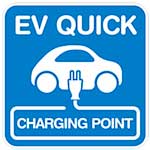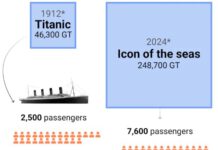 The rise of affordable electric cars is driven by EU law and achievable based on carmakers’ latest production plans.
The rise of affordable electric cars is driven by EU law and achievable based on carmakers’ latest production plans.
• Carmakers have four tools at hand to comply with the law: EV boost; improvements to combustion engine; stop selling highest-emitting cars; and pooling with EV makers
• Boosting EV sales is the most future-proof strategy and the one chosen by key European brands
• The cost of the investments required to meet the climate targets for cars is estimated to be about half of that incurred by the penalties for failing to comply
• Surge in SUVs from 7% in 2009 to 36% in 2018, and not the decline in diesel sales, is principally to blame for the recent rise in CO2 emissions from new cars.
As carmakers gear up to launch new electric car models at the Frankfurt Motor Show (IAA) tomorrow, new analysis forecasts car manufacturers could sell up to one million battery electric and plug-in-hybrid vehicles (EV) next year in the European Union [1], consolidating the bloc’s recent position as the world’s second largest electric car market. The analysis conducted by Transport & Environment (T&E) estimates that in 2020 EV sales will be around 5% (3-7% range), with 2021 EV sales around 10% (5-12% range) [2] depending on the different strategies pursued by carmakers to comply with EU CO2 targets for new cars. The analysis shows that after years of limited efforts car manufacturers are finally preparing to bring to market the large numbers of more fuel efficient and affordable electric cars required to comply with Europe’s Car CO2 law.
read more European Federation for Transport and Environment







